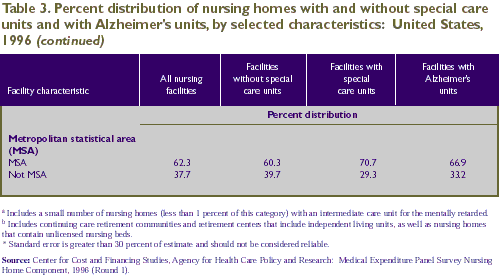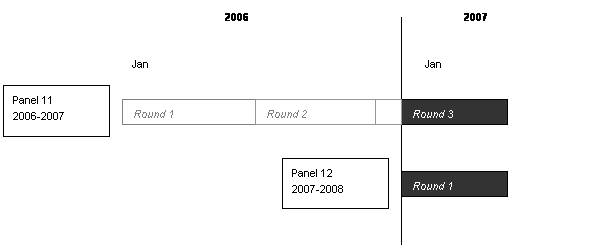


If you don’t know which analysis method to use, choose the replicate weights. a younger version of myself giving an introduction to online query tools with mepsnet at slide ten.the meps insurance component homepage (microdata not publicly available).the agency for healthcare research and quality’s medical expenditure panel survey homepage.perform the same boatload of analysis examplesįor more detail about the medical expenditure panel survey – household component (meps-hc), visit:.set up a taylor-series linearization survey design outlined in this document.perform a boatload of analysis examples (spoiler: there will be barplots).set up the balanced repeated replication design outlined in this document.
MEPS CODEBOOK DOWNLOAD
load the r data file (.rda) created by the download script (above).download the codebook and documentation, if available.save each file as an r data file (.rda) and (if specified by the user) sas transport (.ssp), comma-separated value (.csv), and stata-readable (.dta).loop through every year and every file type, download, then rename according to a pattern.this new github repository contains three scripts:ġ996-2010 household component – download all microdata.R capice? meps generalizes to the us non-institutional, non-active duty military population.

half of the respondents are in their first of two years of interviews, half are in their second. ahrq draws the meps sample from the national health interview survey, interviews about thirty-five thousand individuals per year, and keeps everyone in the panel for two years. if you ride a fixie), you can also follow the example buried in the ?read.SAScii documentation. you might use tapply and aggregate, but i prefer aggregation using sql.Įverything can be read in as a sas transport file (.ssp) using read.xport, but if you like making things harder than they have to be (i.e. hot tip: you probably want to aggregate non-consolidated files somehow. if you merge anything to the consolidated file, make sure you understand the difference between setting the parameter all.x = TRUE versus all.x = FALSE - some respondents have zero records in the non-consolidated files, others have multiple. there are tables with one-record-per-person-per-medical-condition, one-record-per-job, even a one-record-per-person-per-interview-per-private-health-plan table for anyone who wants to spend less time with his or her family. the eight event files contain one-record-per-person-per-event, and (except for the supplies/vision table) those events have some sort of dates. the consolidated file has one-record-per-person with all the complex sample survey variables. The medical expenditure panel survey – household component (meps-hc) contains data laid out a few different ways. the agency for healthcare research and quality (ahrq) produces meps and rhymes with shark. give it a read for more details about what’s possible. if you vandalize it, i will revert your changes and t.p. i wrote the wikipedia article, so it’s data-oriented. total expenditures captured by the survey tend to be low, but unbiased across the board and can be adjusted to match the national health expenditure accounts. The meps household component leads the pack for examining individual-level medical expenditures by payor and type of service.


 0 kommentar(er)
0 kommentar(er)
